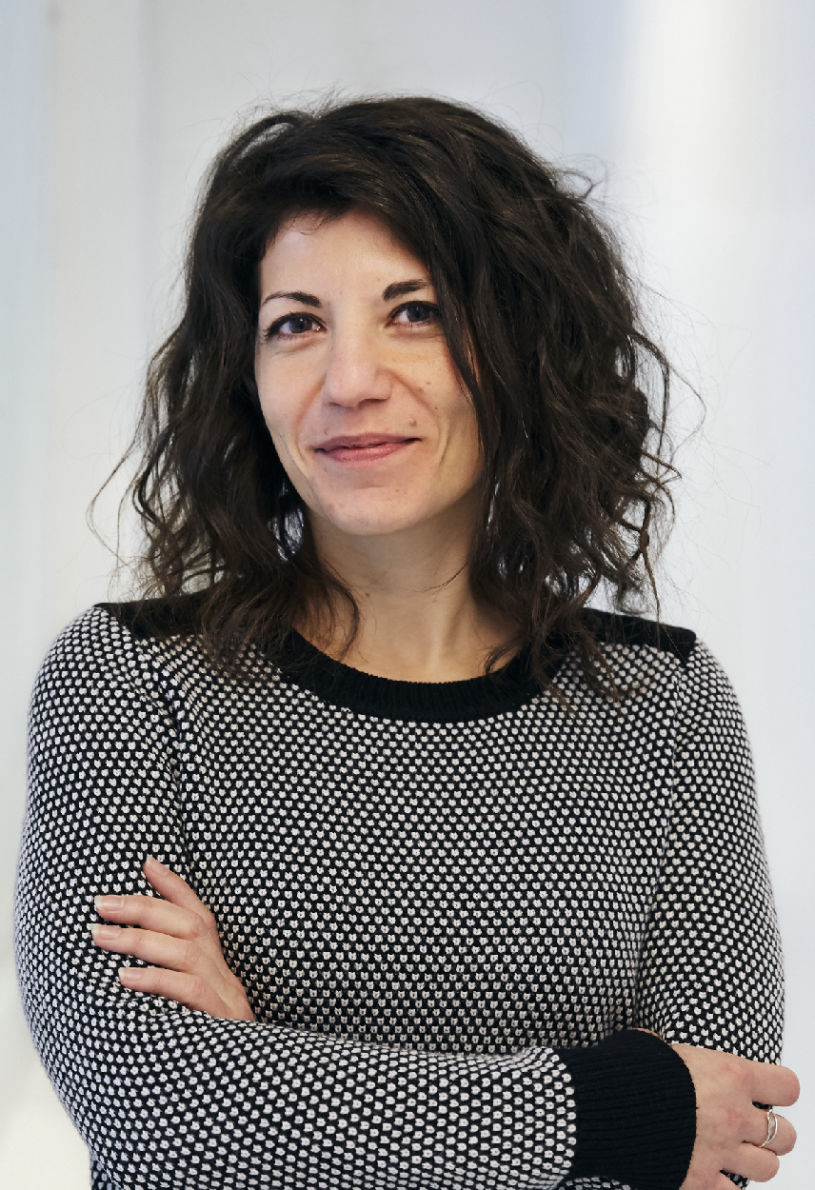Keynote Speaker
Biography
Professor Raffaella Buonsanti is an Associate Professor in the Department of Chemistry and Chemical Engineering at EPFL. She leads a multidisciplinary research program which spans from nanoscience to materials chemistry and electrocatalysis. She has received an ERC Starting Grant in 2016 and an ERC Consolidator Grant in 2022 in addition to numerous awards, including the Swiss Chemical Society Werner Price in 2021 and the European Chemical Society Lecture Award and the Royal Chemical Society ChemComm Emerging Investigator Lectureship in 2019. She is also the chair of the Nanoscience Subdivision of the ACS Division of Inorganic Chemistry and is an Associate Editor of ACS Catalysis.
< Home
Well-defined Catalysts for Selective CO2 Electroreduction
Raffaella BUONSANTI
Abstract
The electrochemical CO2 reduction reaction (CO2RR) offers the opportunity to convert CO2 into fuels and chemical feedstocks, while mitigating anthropogenic CO22 emissions and storing renewable energy. Multi-carbon (C2+) compounds (e.g., ethylene, ethanol, propanol) are among the most attractive CO2RR products owing to their commercial value and high energy densities. However, optimizing the selectivity of CO2RR electrocatalysts towards one particular product remains a crucial challenge that is not trivial to address because multiple intermediates are involved in the CO2 to C2+ conversion pathway.
In these contexts, unambiguous relationships between the activity, selectivity, and stability of the catalyst with its structure and composition become crucial to make concrete progress in this field.
In this talk, I will showcase a few examples which highlight how shape-controlled nanocrystals can contribute to addressing the selectivity challenge in CO2RR. First of all, I will discuss how size control of Cu nanocubes and Cu octahedra has revealed the importance of facet-ratio to maximize the selectivity towards ethylene and methane, respectively. Second, I will present our recent computational-experimental efforts towards using well-defined NCs, in the framework of a tandem scheme based on the coupling of Cu nanocrystals with CO-generating Ag, to elucidate selectivity rules at the hydrocarbons/alcohols branching nodes in the CO2RR pathway and increase ethanol production. Finally, I will discuss a few examples of Cu-based bimetallic catalysts which evidence the opportunities and challenges in this area.

